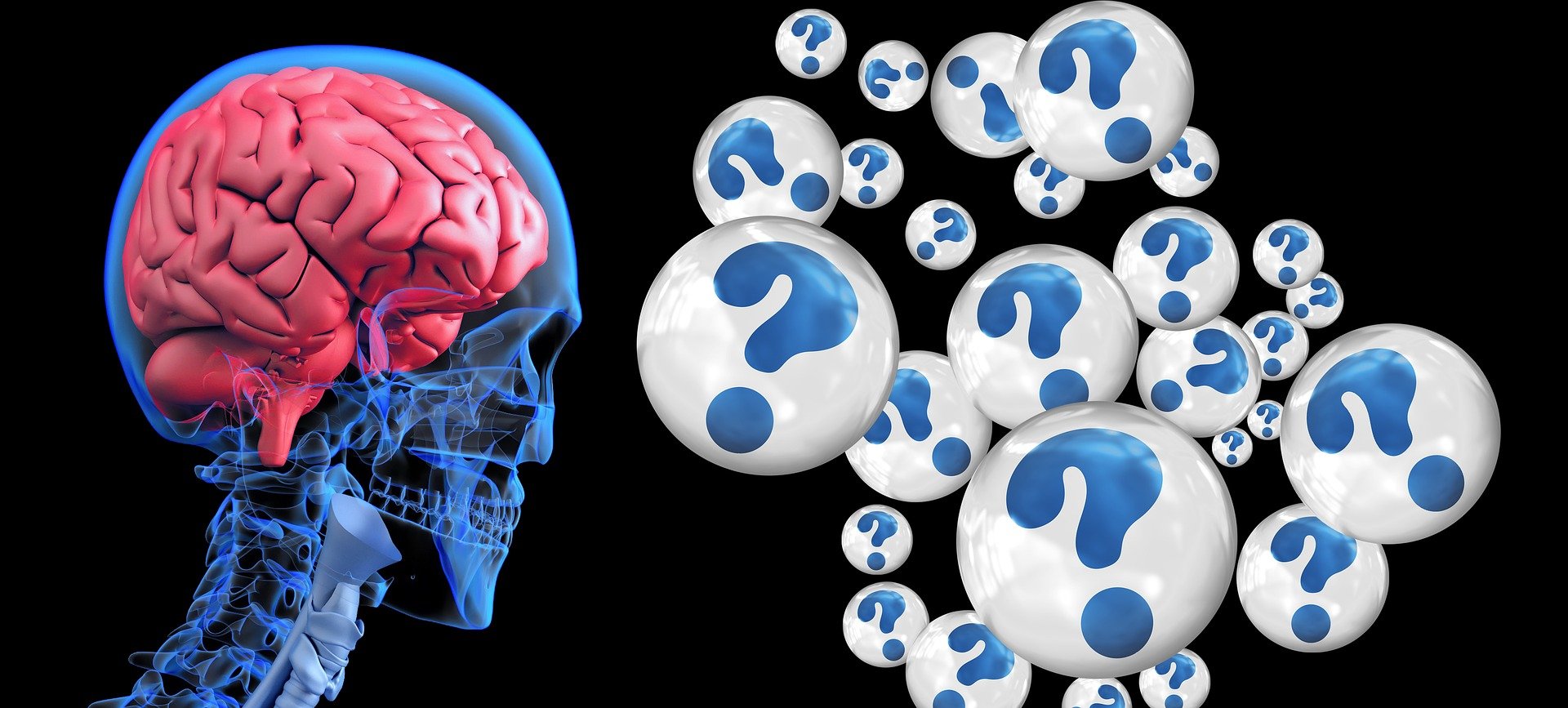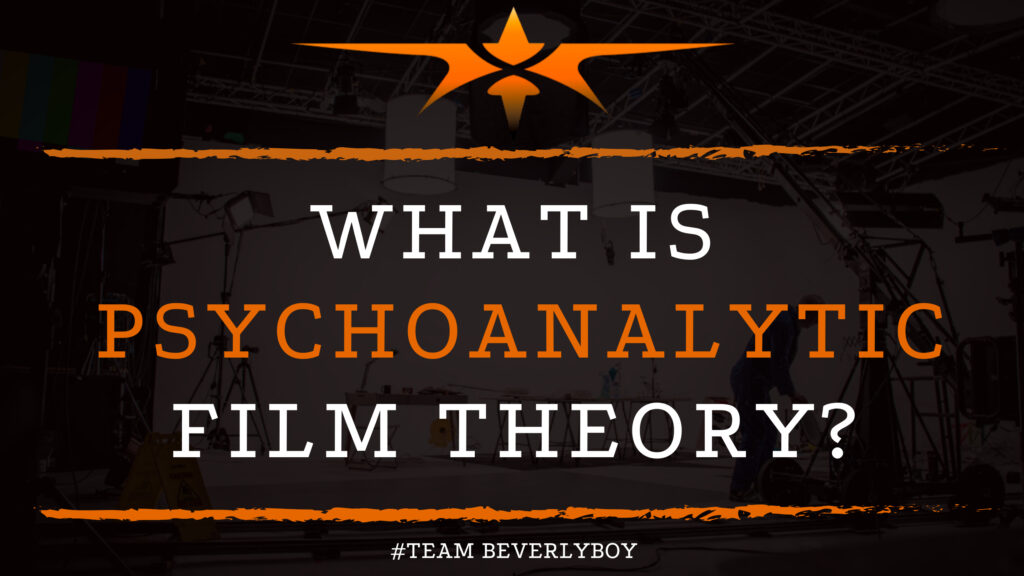What is Psychoanalytic Film Theory?
Film theories represent the academic study of film and media and how they impact viewers. Over the years, many different types of film theories have evolved. Each with a unique focus on the school of academic thought. As it surrounds filmmaking, and film watching. Perhaps you have heard the term, “psychoanalytic film theory?” If so, you may have wondered, “What is psychoanalytic film theory?” And more importantly, what does it mean?

PSYCHOANALYTIC FILM THEORY
Psychoanalytic film theory represents the academic concepts surrounding the study of film as it applies to psychoanalysis. It takes concepts of psychoanalysis that were coined by Sigmund Freud and Jacques Lacan. And ties them to the art of film and film study.
There were two major waves, or periods of study. In which psychoanalytic film theory was largely the focus in academia. The first took place in the 1960s and the 1970s. And the second came a bit later in the 1980s and 1990s.
PSYCHOANALYTIC FILM THEORY BACKGROUND

What was the basis for psychoanalytic film theory? Theories began focusing heavily on the psychoanalysis of films as a heavy part of film studies in academia. Following the initial creation of psychoanalysis which came at the end of the nineteenth century.
Theorists began to view film as a way of engaging the unconscious mind, or psyche. And would soon focus heavily on the techniques of storytelling, superimposition, and slow motion as a means of tapping into the subconscious. The idea was to mimic dreams.
Sigmund Freud’s concepts of psychoanalysis and the ideas of narcissism, castration. Ideas of Oedipus complex, the unconscious, the return and hysteria would all become the basis of analysis for psychoanalytic film theory and film studies.
LATER STUDIES IN PSYCHOANALYTIC FILM THEORY
The second wave of psychoanalytic film theory would shift focus from Sigmund Freud’s psychoanalysis to the school of thought developed by Jacqueline Rose.
This focus of psychoanalytic film theory would not be on the psychoanalysis of the film but instead on the impact of the film to impact the object of desire for the spectator.
In the second wave of psychoanalytic film theory, theorists dictated that pleasure and fantasy is obtained in the setting out, not the having of, objects. Continued studies of psychoanalytic film theory would flow into the 1990s as Matrixial theory.
Continued feminist focus would intertwine with the film studies ultimately lead to post-structuralism and the look at ongoing film theory studies as they impact viewers today.

